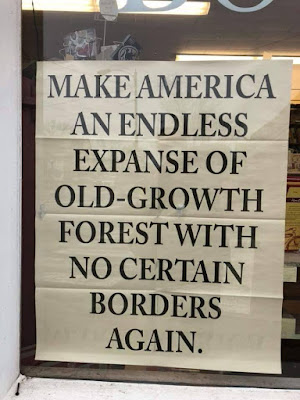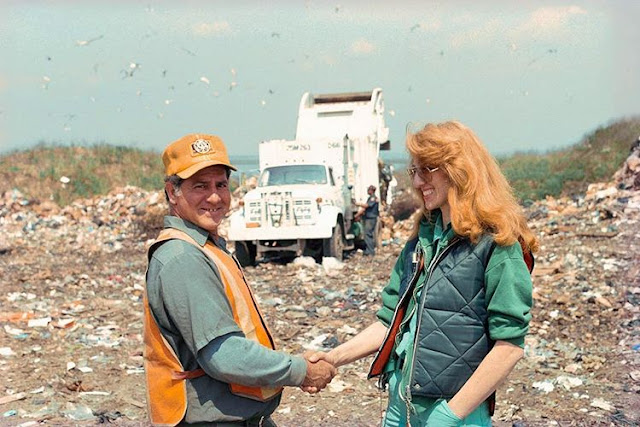Using Public Art to Confront Borders and Politics
Public art offers a unique avenue where we can raise the
questions that people may not be consciously thinking about. It forces us to stop
and move between the spaces of art and everyday life to acknowledge the topics
and questions within a place.
The true lasting impact of art comes from what happens to a community when they engage with the a work. There's a lot of power when you engage a community - you get buy in, and you get this co-determination where the community and the artist define the process together and you're able to bring the community together in a meaningful way.
When looking at public art from Ai Weiwei, Postcommodity, Francis Alys, and Teddy Cruz we can begin to see how these artists use public spaces to confront the political and social implications specifically for immigrants and refugees. Their work serves as examples of the dynamic ways the arts can raise important questions and help transform our perspectives.
It
is important to acknowledge borders and how they've shifted over time and
history. Thinking about where borders will be 200 years from now as opposed to
today can really change our perspectives of borders, immigrants and refugees.
In Poscommodity's The Repellent
Fence, the artists poke fun at a system that doesn't work. The installation works to demystify
the danger along the US border and Mexico and acknowledges that Native
people are not just citizens but original inhabitants of this country. The members of Postcommodity view the work
as a “metaphorical suture stitching together cultures” that inhabited the lands
long before physical borders were drawn.
The true lasting impact of art comes from what happens to a community when they engage with the a work. There's a lot of power when you engage a community - you get buy in, and you get this co-determination where the community and the artist define the process together and you're able to bring the community together in a meaningful way.
Creating
political and social change is possible through art. Through it, we can create a shift in our relationship to place, our relationships to each
other as a society and how we respect and deal with our environment and community.



Comments
Post a Comment